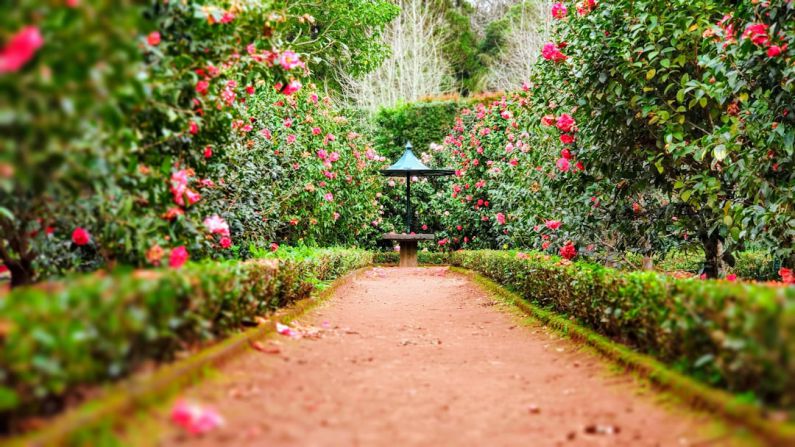Gardening is a rewarding and fulfilling hobby that allows you to connect with nature and create a beautiful outdoor space. Whether you have a green thumb or are a complete beginner, starting a garden can seem like a daunting task. However, with the right approach and a bit of guidance, anyone can cultivate their own green oasis. Here are some tips on how to start a garden and enjoy the process of nurturing plants from seed to harvest.
Choosing the Right Location
The first step in starting a garden is selecting the right location for your plants to thrive. Most vegetables, fruits, and flowers require at least six hours of sunlight per day, so choose a spot in your yard that receives adequate sunlight. Additionally, make sure the location has good drainage to prevent waterlogging, which can lead to root rot. Consider the proximity to a water source as well, as regular watering is essential for plant growth.
Preparing the Soil
Once you have chosen a location, it’s time to prepare the soil for planting. Test the soil pH to determine its acidity or alkalinity, as different plants thrive in various soil conditions. Amend the soil with organic matter such as compost or well-rotted manure to improve its texture and nutrient content. Tilling the soil will also help aerate it and create a loose, friable bed for planting.
Selecting Plants and Seeds
When starting a garden, it’s essential to choose plants and seeds that are well-suited to your climate and growing conditions. Consider factors such as the length of your growing season, average temperatures, and frost dates when selecting plants. Start with easy-to-grow vegetables such as tomatoes, peppers, and lettuce, or annual flowers like marigolds and zinnias. Be sure to read the plant tags or seed packets for specific planting instructions and spacing requirements.
Planting and Watering
Once you have prepared the soil and selected your plants, it’s time to start planting. Dig a hole slightly larger than the plant’s root ball and gently loosen the roots before placing it in the hole. Backfill with soil and water thoroughly to help the plant establish itself. Water newly planted seeds regularly to keep the soil moist until they germinate. After that, water deeply but infrequently to encourage deep root growth.
Mulching and Weeding
Mulching is essential for conserving moisture, suppressing weeds, and regulating soil temperature in your garden. Apply a layer of organic mulch such as straw, wood chips, or shredded leaves around your plants to help retain moisture and reduce weed growth. Regular weeding is also crucial to prevent competition for nutrients and water. Remove weeds by hand or with a hoe to keep your garden beds tidy and healthy.
Pest Control and Disease Prevention
Keeping pests and diseases at bay is an ongoing task in the garden. Monitor your plants regularly for signs of insect damage, such as chewed leaves or holes in fruit. Consider using natural pest control methods like handpicking insects, using insecticidal soap, or planting companion plants that repel pests. To prevent diseases, practice good garden hygiene by removing dead or diseased plant material and avoiding overhead watering.
Harvesting and Enjoying
As your garden grows and matures, you will be rewarded with a bountiful harvest of fresh produce and beautiful blooms. Harvest vegetables when they are ripe and flowers when they are in full bloom to enjoy the fruits of your labor. Share your garden’s bounty with friends and family, or preserve it by canning, freezing, or drying excess produce. Take time to relax and enjoy the beauty of your garden, and remember that gardening is a journey of discovery and growth.
In Summary
Starting a garden is a fulfilling and rewarding experience that allows you to connect with nature and create a beautiful outdoor space. By choosing the right location, preparing the soil, selecting plants and seeds, planting and watering, mulching and weeding, practicing pest control and disease prevention, and harvesting and enjoying your garden, you can cultivate a thriving oasis of greenery and blooms. Embrace the process of gardening as a journey of learning and growth, and enjoy the beauty and bounty that your garden will provide.
